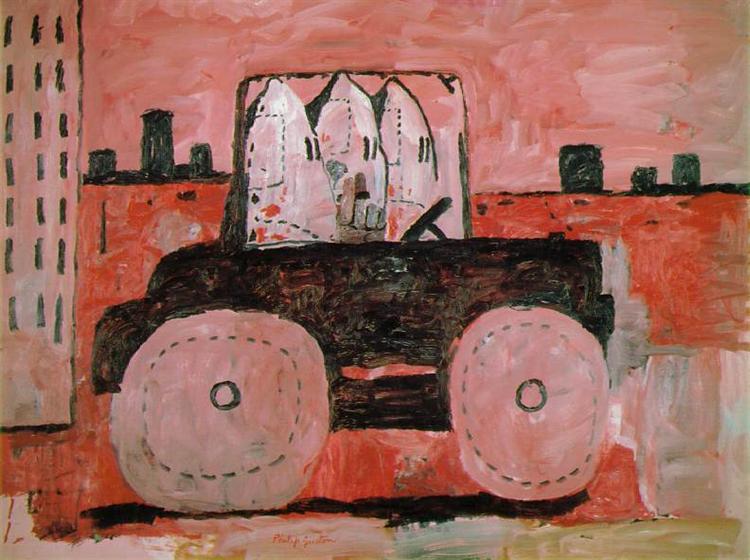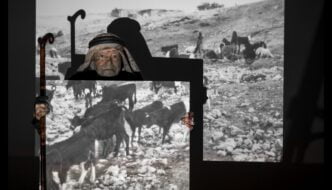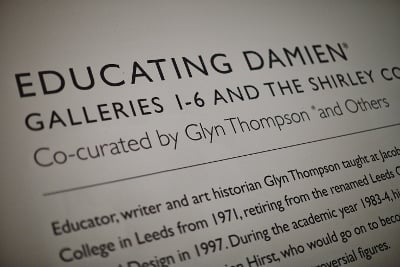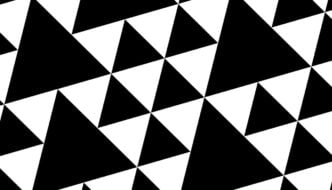Why ‘Philip Guston Now’ would have highlighted our current, troubled times
November 18, 2020

© 2020 The Estate of Philip Guston, https://www.artsy.net/artwork/philip-guston-city-limits
In the 1960s American artist Philip Guston began painting cartoonish, childlike works which featured hooded Ku Klux Klan members, smoking cigarettes and driving around town (‘City Limits’, 1969) or painting a self portrait (‘The Studio’, 1969). We soon see though that these innocuous tasks are far from nonthreatening; the three hooded figures in ‘City Limits’ are splattered in blood, in ‘Edge of Town’ they carry makeshift weapons; bats and boards studded with nails.
The figures might be everyday people doing everyday things but their hoods and deadly accoutrements show them existing within the framework of a profoundly racist, bigoted ideology. In tandem this more than hints at the dark story of, not just the paintings, but also the political turmoil in 1960s America that continues internationally today.
I began thinking about similar themes; spurned largely by the recent Black Lives Matter protests and Donald Trump’s ensuing response. I felt that if there was ever an appropriate time for a big scale gallery to mount an exhibition of politically challenging works which penetrated the heart of how systemic racism, and racist individuals could continue apparently unperturbed (and seemingly unnoticed); this was it. After all, as anyone who has watched Sacha Baron Cohen’s memorable ‘Borat Subsequent Moviefilm’ (2020) knows, we live in a world in which a man can enter a political convention centre wearing full Ku Klux Klan gear and get, at most, an open mouthed stare. It seemed then that the ‘Philip Guston Now’ retrospective showing simultaneously at Tate Modern and three American galleries, was the art exhibition we needed.
This made it all the more disappointing to read that all four galleries had decided to postpone the show with the explanation that they required time until the “message of social and racial justice” at the centre of Guston’s work could “be more clearly interpreted”
While I would agree that the pieces reportedly to have been in the show are uncomfortable to look at I have never found them to be racist. Rather they visualise, in mottled shades of pink and grey, what Hannah Arendt’s called “the banality of evil”. Guston famously said that the hooded figures he painted were self portraits and I believe that he is not simply making a judgement about social ills but rather is acknowledging his complicity with these social ills.
For instance ‘The Studio’ in which the artist (identity hidden behind the viscerally distinguishable white pointed hood) paints a self portrait a reflection of not just the existence of racist attitudes but also the part they themselves play in the prolongation of such attitudes. This message is frightening in its relevance and demanding of its viewer, forcing them into self-reflection.
After all one of themes of the Black Lives Matter movement is that institutional changes must occur in order for individuals of minority groups to achieve equality and that for this to happen everyone, no matter their race, sexuality or class must be willing to at least step forward and voice their opposition to the institutions that are themselves problematically racist. Love it or hate it; Guston’s work is meant as a catalyst for conversation and Tate modern has stifled the opportunity for that conversation to happen at a time when it desperately needs to continue happening.
I also dejectedly find that this decision sends a message of conformity to artists working today. It is hard not to see postponement as a way of asking those in the artistic community to please “play it safe”. Do galleries not trust their audience? Do they not realise that great art does not play it safe? Rather it shines a spotlight on parts of our lives that need to be illuminated however much we might find such illumination unwanted.
Luckily many artists are not supporting the postponement of the show. This is promising but we should remain vigilant to the fact that the response of Tate modern is one of censorship and of shying away from uncomfortably realities that we are on the precipice of overcoming. We need more art like this, certainly not less, otherwise we risk galleries becoming monuments to the depressing quagmire of unchallenging art.
Filed under: Art & Photography
Tagged with: banality, bigoted, challenging, evil, exhibition, Hannah Arendt, painter, Philip Guston, Racism, Tate Modern



Comments